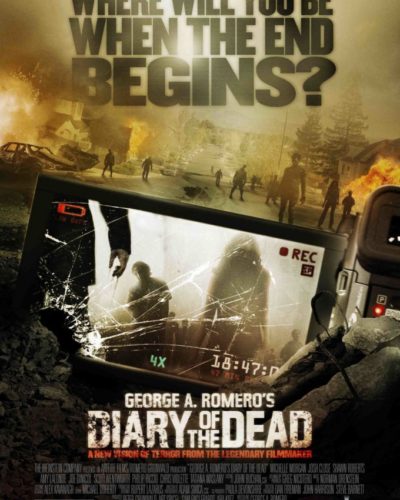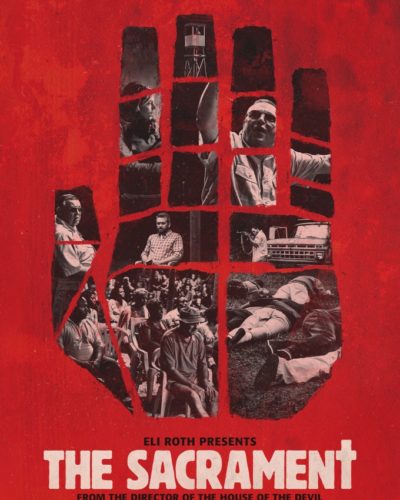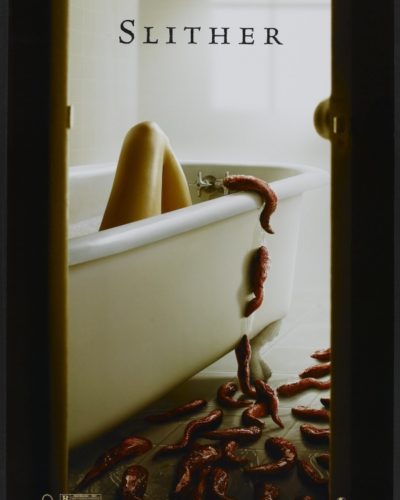Devil in the Details: “Where the Devil Hides” Unveiled
“The eyes are the window to the soul… and what I see in yours is very dark.” This chilling line from Christian E. Christiansen’s Where the Devil Hides (also known as The Devil’s Hand), released in 2013, encapsulates the film’s haunting endeavor to blend religious fanaticism with supernatural suspense. Set in a cloistered religious community terrified by a prophecy that on the sixth day of the sixth month, six girls will be born and one will become the “Devil’s Hand” on her eighteenth birthday. As these girls approach their fateful birthday, disappearances and deaths stir hysteria among the faithful yet secluded populace.
Shadows and Whispers: Crafting the Chills
Creating Unease with Atmosphere and Cinematography
Christiansen’s approach to building tension is a calibrated mix of anticipation and restraint. However, Where the Devil Hides struggles at times to maintain its grip on the audience’s nerves. The horror atmosphere leans heavily on the community’s suffocating environment, where the drabness of the secluded setting amplifies the lurking fear of prophecy. Yet, Christiansen wavers between creating nuanced suspense and capitulating to genre tropes. The film’s palette is a blend of muted earth tones and occasional splashes of vivid contrast, reflecting the film’s thematic underpinnings of hidden dangers in plain sight.
From a visual standpoint, the cinematography does its due diligence. Shadows play upon the actors’ faces, hinting at the duality within, while the occasional canted angles and tight close-ups punctuate moments of panic or revelation. Special effects are used sparingly, heightening the impact when the movie strays into visual horror. The old adage of “less is more” seems apt here, with most of the terror rooted in what isn’t shown rather than what is.
Soundtrack and Sonic Terrors
The role of the soundtrack in manipulating emotions cannot be understated. The film’s eerie score underscores the sense of dread that permeates the narrative. Sound effects are utilized with intent, creating a disconcerting backdrop to the unfolding mystery. Moments of silence followed by sharp auditory jolts are standard fare, but again, their efficiency wanes with predictability.
Character’s Nightmare: Casting Terror
From Script to Scream: Performance Analysis
The performances in Where the Devil Hides vary from deeply committed to superficially sketched. The main ensemble of young actresses, including Alycia Debnam-Carey and Adelaide Kane, attempt to imbue their characters with a sense of authenticity and fear. They bring a touch of poignancy to their portrayals of young women caught in a web of dogma and dark prophecies. However, the development afforded to them by the script is insufficient, occasionally leaving their reactions feeling more constructed than organic.
The struggle with the believability is not due to a lack of effort on the actors’ part but rather a consequence of characters that sometimes veer towards two-dimensionality. The true horror emanates not from the supernatural but from the real terror of a community’s oppressive hold over its members.
The Devil’s in the Genres: Subverting Expectations?
What Fear Lurks in Theological Corners
Where the Devil Hides plants its narrative within the fertile soil of psychological and supernatural horror. The film’s reliance on religious fervor and impending doom encapsulates it firmly within these subgenres. It plays with familiar elements, from portentous dreams to cryptic figures in the mist, aiming to subvert expectations but often landing solidly within the boundaries of conventional horror mechanics.
In this community where religion is indistinguishable from superstition, the fear tactics range from sudden shocks – typically in the form of prophetic nightmares or discoveries of malevolent symbols – to a more insidious psychological dread. The film exercises these techniques with varying levels of success; while some moments genuinely unnerve, others are dulled by their predictability.
The thematic undercurrent of the narrative does attempt to use horror to explore deeper societal issues, addressing topics of belief, conformity, and dogma. However, the exploration is only surface-level, not quite mastering the balance between providing entertainment and imparting commentary.
Unveiling the Horror: A Final Verdict
When the credits roll on Where the Devil Hides, one may find themselves contemplative rather than shaking with fear. It’s a film that teases the potential for a profound horror experience but too often retreats to the safety of formula. That said, horror fans with an affinity for religious themes or coming-of-age terror may find enough intrigue here to warrant a viewing. It’s a mix of tension and teen drama that occasionally finds the right formula for fright but won’t redefine the genre for enthusiasts. Those seeking innovative horror may need to look elsewhere.
As for a recommendation, there’s enough here for a casual, possibly lackadaisical scare, appropriate for viewers who don’t mind treading familiar paths. As it skirts graphic content or hardcore scares, it’s somewhat accessible for a wider audience. Yet, for a film intent on revealing the darkness within, it leaves one wishing the shadows held more substantial secrets.
To conclude, Where the Devil Hides is a modest entry into the horror field, with strengths lying in its atmosphere and the occasional moments of taut suspense. But ultimately, it may leave horror devotees yearning for a deeper dive into the darkness it so tantalizingly teases.




